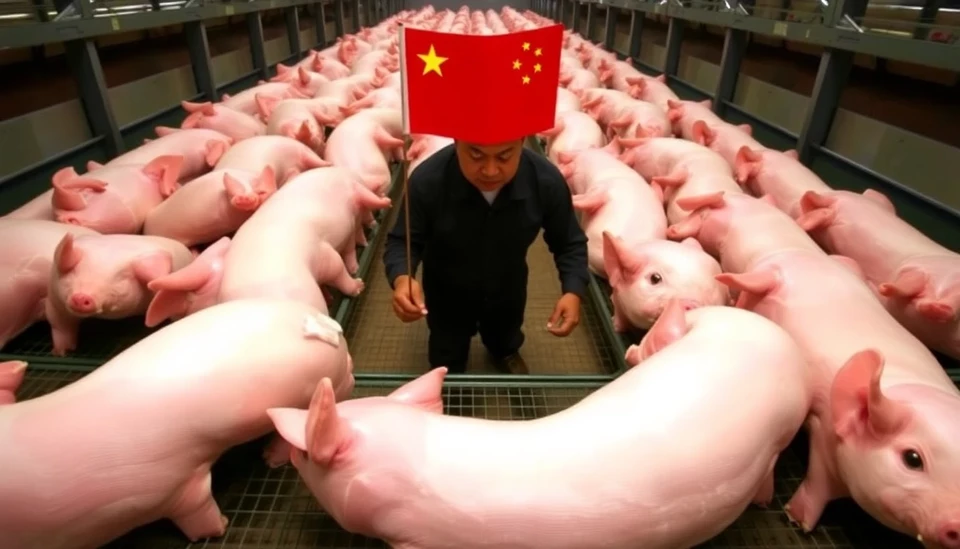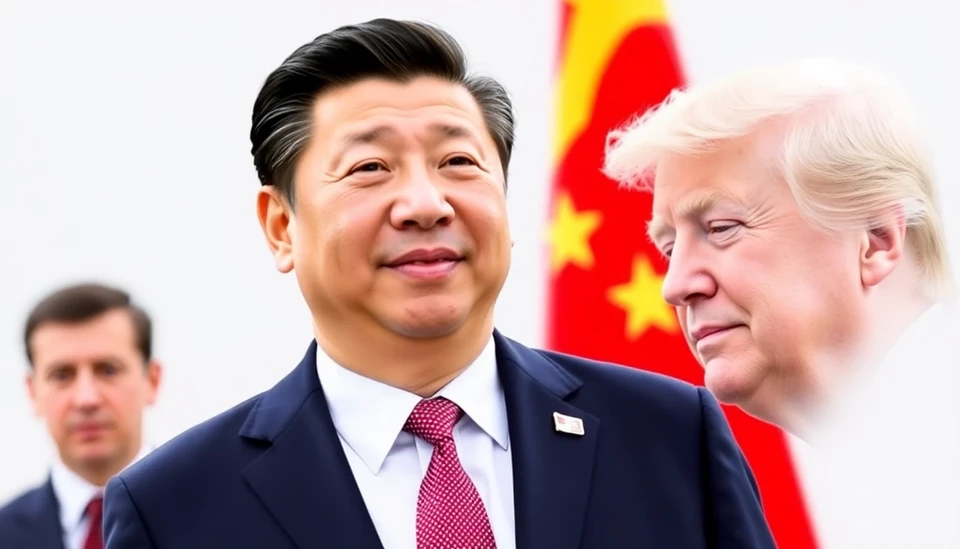
In a strategic move to stabilize its fluctuating currency, China has sent ripples through global financial markets, significantly affecting large banks and bond investment funds. Over recent months, the Chinese government has introduced a series of measures aimed at bolstering the yuan amid ongoing economic tensions and market uncertainties.
The People's Bank of China (PBOC) has intervened by imposing stricter regulations and monetary policies. These actions are in response to the yuan's weakening against major currencies, including the US dollar. This depreciation poses risks not only to China's economic growth but also to the broader global market as investors reassess their exposure to Chinese financial assets.
Many large banks, which typically hold significant amounts of yuan-denominated assets, are grappling with the direct consequences of these interventions. The reconfiguration of currency valuations has led to dwindling portfolio performances, particularly for those heavily invested in Chinese securities. Analysts have noted that the sudden policy shifts have left financial institutions scrambling to realign their strategies in a landscape that has become increasingly unpredictable.
Bond funds, in particular, have felt the pinch. As interest rates fluctuate and the government's measures intensify, these funds face dwindling inflows and declining yields. The uncertainty surrounding the outlook for the yuan forces investors to reconsider their allocation strategies, which can lead to significant outflows from funds that concentrate heavily on Chinese debt instruments.
Recent analyses suggest that the ramifications of China's currency defense strategies extend beyond immediate banking retreats and bond fund challenges. The approach may also be casting long shadows over investors' confidence, as the aggressive measures can prompt fears of tighter controls and restricted capital flows in the Asian giant. Market sentiment is wary, and many are adopting a wait-and-see approach, particularly foreign investors who are carefully weighing the risks of being overly exposed to a volatile Chinese market.
As the PBOC remains committed to its currency intervention strategies, the future of China's financial ecosystem seems poised for turbulence. Experts foresee ongoing volatility in the yuan, driven by a combination of domestic economic factors and shifting global financial dynamics. Investors and analysts alike will need to keep a vigilant eye on these developments to navigate the complex interplay of currency fluctuations and regulatory changes in the coming months.
In conclusion, as China takes bold steps to reinforce the yuan, the repercussions for major banks and bond funds underline the intricacies of global finance. Investors are reminded of the interconnected nature of markets and the profound impact that one nation's monetary policy can have on the broader landscape.
#China #CurrencyDefense #Yuan #GlobalMarket #Banking #BondFunds #Finance #Investment #Economy
Author: Laura Mitchell




